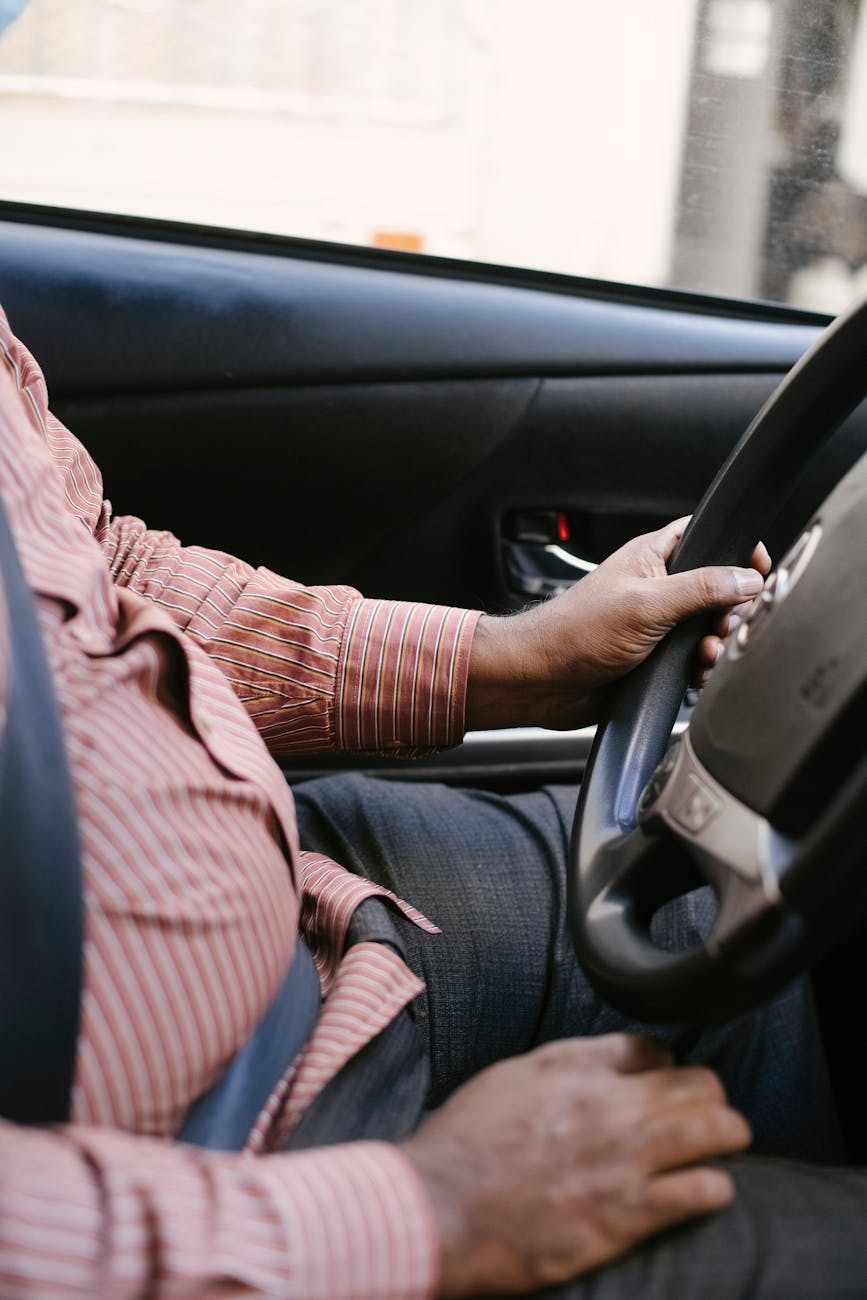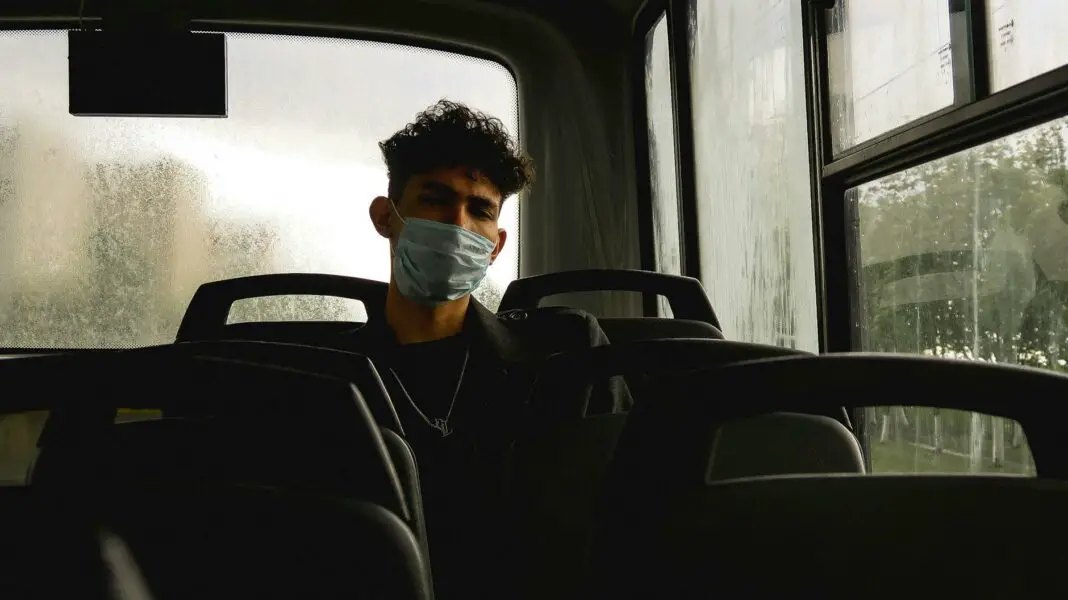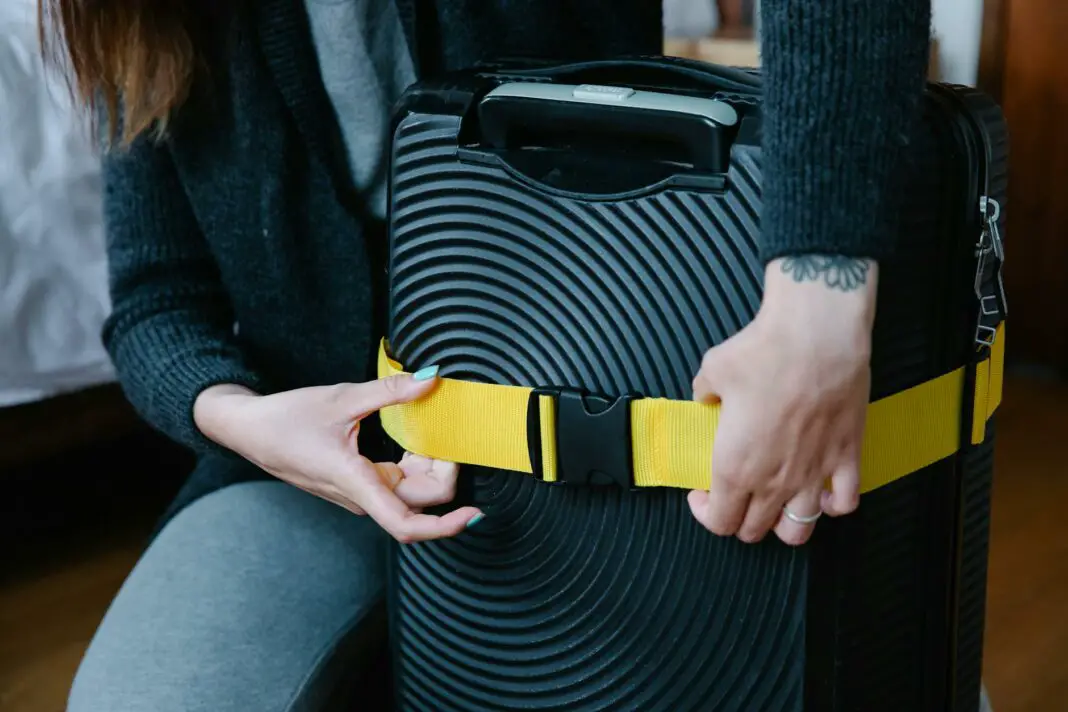Are you contemplating an unforgettable trip to Thailand? This enchanting destination is not just about its stunning beaches, rich culture, and delicious cuisine. Whether you are cruising through bustling Bangkok, exploring ancient temples, or lounging on the picturesque islands, understanding the safety of transportation in Thailand is crucial for adventurous travelers. In this guide, we delve into various transportation options available in Thailand and evaluate their safety standards, ensuring that your journey is filled with excitement and peace of mind.
Traveling is exhilarating, and Thailand provides endless opportunities for adventure. However, it’s important to stay informed about your travel options. With various modes of transport ranging from tuk-tuks to ferries, this blog post will arm you with insights and tips to navigate Thailand expertly. You’ll gain a thorough understanding of the transportation landscape in this vibrant country, discover its safety measures, and learn how to make informed decisions that enhance your travel experience.
Table of Contents
- Transportation Options in Thailand
- Safety Concerns and Considerations
- Local Tips for Safe Travel
- Real-Life Examples and Experiences
- Final Thoughts on Traveling Safely
- FAQs
Transportation Options in Thailand
Thailand is a bustling hub of transportation, offering a plethora of options for travelers. From iconic tuk-tuks to reliable trains and modern buses, the choices can appear daunting. Tuk-tuks are a quintessential part of the Thai experience and are perfect for zipping around town. However, they can sometimes signal a chaotic ride, so be mindful of safety while hopping in one. Motorbike taxis provide a swift way to travel but lack safety features, so wearing a helmet is essential for added protection.
Public transportation in major cities like Bangkok is generally well-organized. The BTS Skytrain and MRT subway systems are clean, efficient, and affordable. Both provide an insight into daily life and culture while whisking you between attractions. Long-distance train journeys are scenic and an excellent way to see the countryside, offering sleeper cabins for added comfort during overnight trips. Ferries and boats are popular for island hopping, providing vibrant views of the coastline. Each of these options plays an integral role in your adventure.
Safety Concerns and Considerations
When planning your trip, safety naturally comes into play, especially regarding transportation. While most transportation methods in Thailand are generally safe, certain risks remain. For instance, road traffic can be hectic, with a high number of motorcycles and cars. Be cautious by observing traffic rules and checking for safety measures in vehicles. Avoid traveling during heavy rain, as flooding can disrupt roads and transportation services. It’s wise to stay updated on local advisories, especially regarding the safety of ferry services.
Public transportation offers a sense of security, as most operators prioritize passenger safety. For long-distance travel, always opt for reputable bus or train companies, as they often adhere to stricter safety protocols. Purchasing travel insurance is a practical step that covers unexpected incidents too. Overall, an informed traveler is a safe traveler, so consider these factors while enjoying your Thai adventure.
Local Tips for Safe Travel
Incorporating local insights can vastly enhance your travel experience while ensuring safety. When utilizing taxis or rideshares, ensure that the driver uses the meter to avoid inflated fares. Asking your hotel for transportation recommendations is also a smart move, as they often collaborate with trusted services. Engaging with local residents can provide priceless information on safe travel routes and times to avoid certain areas.
Adventurous activities such as allowing scooters might tempt some travelers; however, take extra precautions. If you choose to rent a scooter, ensure you possess a valid international driver’s license and wear a helmet. Inspect the bike before leaving the rental shop and take pictures to avoid disputes over damages later. Having a basic understanding of the local language can help you communicate effectively, aiding safety in unfamiliar situations.
Real-Life Examples and Experiences
Many travelers share heartwarming stories of their adventures and experiences using Thailand’s transportation system. For instance, a backpacker explored the bustling streets of Chiang Mai on foot and made use of local tuk-tuks, highlighting their charm and convenience. She often reminisces about hopping onto a boat taxi, riding along the scenic waterways of Bangkok. Each interaction with the locals added layers of joy, enhancing their adventure, while lessons about safe practices unfolded naturally along the way.
A couple traveling through the islands opted for ferry services for their scenic routes, advising fellow travelers to book tickets in advance during peak seasons. They recounted their first frenetic ride on a tuk-tuk, navigating through chaotic traffic, and deemed it one of the most exhilarating experiences of their trip. These narratives emphasize the delightful chaos and intricate tapestry that transportation in Thailand offers, ensuring safety doesn’t overshadow the adventure.
Empowering Your Travel Journey in Thailand
Embarking on a trip to Thailand is synonymous with exploring a world filled with vibrant colors, flavors, and customs. Understanding the transportation options and their safety measures equips you to face any challenges confidently, paving the way for an extraordinary journey. By informing yourself and embracing the local culture, you can immerse yourself in this country’s rich heritage while traveling without hesitation. Your adventure in Thailand awaits, filled with moments that will inspire awe and wonder.
FAQs
Is public transportation safe in Thailand?
Yes, public transportation in Thailand, including the BTS Skytrain, MRT, and buses, is generally safe. It’s advisable to travel during peak hours for added safety and to avoid lonely commutes at night.
Do I need an international driver’s license to rent a scooter?
Yes, an international driver’s license is typically required when renting a scooter in Thailand. Always ensure to wear a helmet and follow local traffic regulations for safety.
Are tuk-tuks safe?
Tuk-tuks can be fun and safe if the driver follows traffic rules. Ensure that you negotiate a fare before the ride and seek reputable drivers.
Can I book transport in advance?
Absolutely! Booking transport such as train and bus tickets in advance is highly recommended, especially during peak tourist seasons.
What should I do in case of an emergency?
In emergencies, contact local authorities, or your country’s embassy, and always have a local SIM card handy for communication. Having an emergency plan will help you feel secure while traveling.
Image Credit: Pexels





